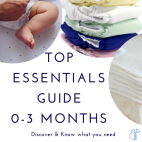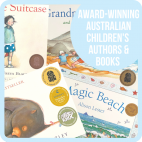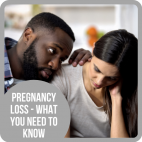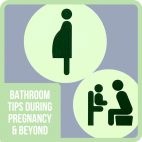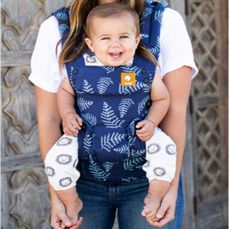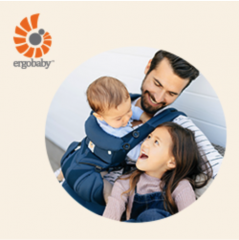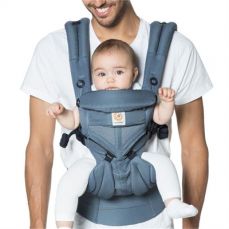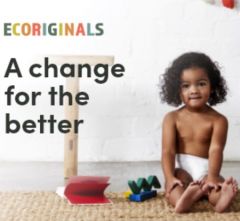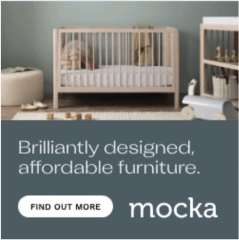Child Car Seat Buying Guide Transport Suitable for stages: Pregnancy, 0 - 3 Months, 3 - 6 Months, 6 - 12 Months, 12 - 18 Months, 18 - 24 Months
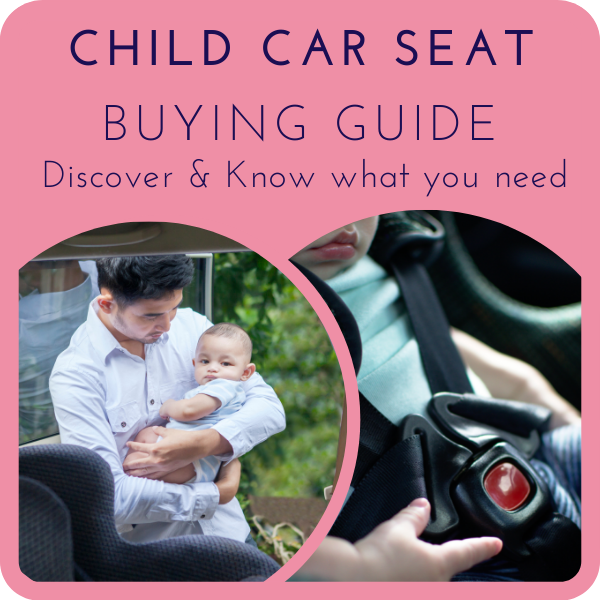

In most areas of Australia, car travel is an essential part of life. No matter where you live, chances are your baby will be travelling in a car at some point in time. When they do, you need to know how to keep them safe.
For expectant and new parents, choosing the first child car seat can be one of the first big purchases for your baby. For new parents, the first car trip is especially anxiety-inducing. Preparation is key for expectant parents to feel more confident in taking their baby in the car. This preparation starts well before your baby’s due date.
Learning about child car seats can be a daunting task. There are many things to consider even before you start choosing a car seat. There are loads of options when it comes to car seats. As baby grows, or new babies come along, they may go through several different seats by the time they graduate out of their booster seat.
No parent wants to get their child’s safety wrong. There is no point in having the safest seat on the market, without also knowing how to install it and use it correctly.
By the end of this guide and if you check out the related guides, you should be confident about choosing the best car seat option for you and your baby. Also, you should be confident on how to ensure your baby is safe when travelling in their car seat.
Things you need to know before you start choosing a car seat
1. Child restraint laws
The road rules and safety standards are very clear when it comes to children travelling in a private car. Caregivers are required to have a properly installed and approved child car seat adjusted correctly for their child’s size.
All car seats sold in Australia legally need to be compliant with the current combined Australian / New Zealand Standard for car restraints for use in motor vehicles (AS/NZS 1754:2013). Any car seat used in Australia must carry an AS/NZS 1754 standards label to be legally used in Australia or New Zealand. When travelling overseas, child restraints must meet that country’s safety standards in order to comply with their laws.
Car seats are designed to keep a baby safe during car travel. For young babies, it is important to note SIDS recommendation to limit newborn's time spent in cars, to limit sleeping in car seats and to remove them from the seat when not travelling.
In Australia, babies under 6 months must travel rearward-facing secured in an approved car seat. Due to the proven safety benefits, extended rearward facing up to 2 years and as long as 4 is being chosen by more and more parents. More car seats are now offering the option for extended rearward facing. When rearward facing, in the event of a front on accident, the child has more support for their neck.
Some babies will protest about being rearward facing, but ultimately this position is safer than forward-facing. The American Academy of Pediatrics’s updated guidelines advises children should ride rearward-facing until they reach the height or weight limit of the seat.
After 6 months but as late as 4 years, the child can be forward faced, secured in a 5 or 6 point harness. The transition to forward-facing may depend on what state or territory you live in & the height or weight limit of the seat.
From 4 years through to 8 or 10 years, the child can travel in a booster seat. A harness is optional from this point as a lap-sash belt can be used with the booster seats.
For more information on safety guidelines and the legal requirements, see www.childcarseats.com.au website including legal requirements and FAQs pages.
There is also some information on the Raising Children Network website and great information resources on the Kidsafe website.
When taking your baby on public transport or in a taxi, there are different rules. The specific rules can be dependent on which state or territory you live in.
On a train or a bus, children don’t need to be restrained.
Taxi’s in NSW require a child under 1 to be fitted in a child car seat for the trip, over that age it’s optional as they are permitted to wear a seatbelt. Most taxis will allow you to order a child car seat for your designated trip or you can fit your own. Wheelchair accessible taxis in NSW are required to carry an approved child car seat. For the most up to date information, visit the transport website for your state or contact the taxi company to enquire.
2. To buy new, second-hand or hire?
If you own a car or the child will be travelling in a family member’s car reasonably often, or you are going to have more children particularly close together, you would consider buying new or second hand.
You may be considering whether to find a second-hand child car seat or spend the extra on a new seat. The advice on second-hand child car seats is not to use them unless you know and trust the seller to know for sure that the seat has not been involved in an accident and is in good working order. The other consideration for secondhand seats is the age of the seat.
After an accident, the car seat can no longer be guaranteed to be safe and compliant with the standards and should be disposed of. If you are buying a secondhand seat from someone you don’t know, you are relying on their word that the seat hasn’t been in an accident. You should be certain that it hasn’t been involved in an accident.
The chances of a defective car seat being on the market are reduced by insurance schemes as well as crash exchange schemes offered by car seat manufacturers such as Britax. Most insurers will cover the cost of a replacement child car seat in the event of a car accident. Britax’s Crash Exchange Program is available where eligibility requirements are met such as not second hand & not more than 10 years old with the original proof of purchase. Knowing that these sorts of programs take defective seats off the market gives some peace of mind when considering whether to purchase a new seat vs second-hand.
Car seats that are more than 6 and up to 10 years old from the date of manufacture are not recommended to be used and should be replaced. The date of manufacture can be found on the body of the car seat – some also detail the ‘discontinue use after’ date. This is important to take note of for a number of reasons:
- The effect of extreme temperatures inside the car and the effect of use degrades the integrity of the materials over time.
- Outdated safety standards and materials – advances in crash testing and materials can improve a lot in 6 years.
- As technology improves and more crash testing studies are conducted, so does the safety standards to which new seats have to conform. With the current standard AS/NZS 1754:2013, seats from prior to 2013 would be made to the previous standard.
Before buying or accepting any secondhand car seat, make sure you do a search on known defects and recalls.
You may consider hiring a car seat over the short or long term if you:
- Will infrequently be taking your newborn in the car or
- Want to get a baby capsule that will only be needed from anywhere from 5 to 12 months.
- Are planning to have only one child or a large age gap between children.
3. Where does it need to fit?
Car seats come in a range of sizes and shapes so it’s worth checking what will fit especially if you have a smaller car, need more than one child car seat to fit, or are concerned about the space available for the front seat passenger.
If you are looking for a seat at a retail store, you can ask to try the seat in your car to check it fits. For a convertible seat, try it in both the rear-facing and forward-facing positions to make sure it will fit as baby grows.
If you are looking online, it can be worth measuring out the back seat dimensions and compare these against the dimensions of the car seats you are considering.
Then it’s worth putting some thought into which position on the back seat to install the seat on.
Although it may seem obvious to install the seat on the driver’s side for convenience, this is also the most dangerous side for getting a baby in and out of the car due to the risk of being struck by a passing car. Placing the seat on the passenger side or even the middle position is the safer options.
This position has a few advantages. It is easier to see your baby in the rearview mirror. It is reachable from the front seat. You can sit in the side seat next to the baby if needed during a trip. Lifting baby in/out of the car can be easy in that you can either sit down and use your arms to lift or use your knee on the seat to keep your back straight rather than leaning over. It is also the safest position as it is furthest from either side of the car during a side-impact crash. An additional bonus of the middle position is that it is more shaded from direct sunlight that can come through the windows. However, not all middle seat shapes and sizes allow for the most secure install or angle of the seat. If using IsoFix, some middle seats lack the necessary connections.
The next safest position is the passenger/kerbside. Having the seat closer to the side can be easier to lift the baby in/out especially if you are removing a capsule seat.
4. Self-installation or professional installation?
Most manufacturers recommend professional installation of the child car seat initially. This is because installation can vary between car models, you may require an additional gated clip to be installed, the seat angle will vary depending on the slope of the back seat of your car, and it is important in which position you install it. The last thing you want is for the ultra-safe car seat to be installed incorrectly and not be able to protect your baby in the event of an accident.
During the professional installation, plenty of questions can be asked to help to understand the seat and how to install it. It will be inevitable though that you will need to install and uninstall the seat many times over your parenting career, so make sure at least one parent is paying attention and asking the installer questions as the installer fits the seat. This will make it easier should any adjustments need to be made. It’s worth considering buying an Isofix compatible seat if your car has Isofix anchorage points as this system is easier to install/uninstall. This can also mean it’s safer overall as there is less room for installation error over time.
There are many professional child car seat installers working out of auto repair shops, auto parts stores, some baby shops or dedicated car seat installing businesses. The cost is relatively inexpensive for peace of mind. Transport for NSW has a page where you can search for an authorized restraint fitter in NSW. Vic Roads have links to search for child restraint fitting stations in Victoria.
It’s a good idea for parents to give themselves plenty of time before baby arrives to learn about installation, adjustment and use of the car seat. If you are ever going to read a manual for anything, it should be for your child’s car seat. If you are more of a visual person, opt for a seat where the manufacturer offers video resources or search YouTube for instructional videos before making the final decision.
5. Compatibility with pram/stroller system
If you choose a convertible car seat, you can choose any pram/stroller you want. If you choose a capsule/carrier, this can be used as a travel system and your car seat could influence your choice of pram/stroller and vice versa.
Newborns can be fitted in either a convertible car seat or a car capsule system. To help you make this decision, see our related guides.
If going with a travel system, there are two ways to go about it. If you want to choose the stroller first, you will need a stroller that has adaptors to attach a capsule – you will then be restricted to choosing a compatible capsule. If you want to choose the capsule first, you will be restricted to the compatible stroller options for that model/brand.
Features to look for in a Car Seat
Ease of Cleaning & Quality of Materials
Consider how easy they are to clean - you will be surprised how filthy they get especially through the toddler years.
Most seats will be able to be dismantled to be thoroughly cleaned. It’s worth noting how all the pieces fit together, be involved in the initial installation and know how to adjust the seat. Some will have sections that can be machine washed, all will be able to be hand-washed or hosed down. It is worth checking the owner’s manual advice on care and maintenance before purchasing.
A good quality fabric will be durable and hold up to being washed multiple times. Fabric type and breathability can also matter for keeping baby comfortable especially when it gets hot.
All car seat fabrics are required to be flame retardant to meet safety standards. There is a growing trend for manufacturers to eliminate hazardous flame retardant chemicals from their car seats in favour of alternative materials which have flame retardant properties.
Looking for a child car seat that doesn’t use chemical flame retardants makes a lot of sense. Examples of flame-resistant fabrics which don’t need chemicals added include wool-based or polyester fabrics such as the Thermo5® fabric by Britax (a type of polyester).
Padding and side-impact protection
Some seats offer additional padding and side-impact shock absorption which are designed to provide additional protection in an accident.
Safety harness and buckle
All seats for children under 4 years old come with a 5 or 6 point harness. Children grow so quickly, so it is great if the shoulder height is easy to adjust. The buckle can be stiff to release at first, they are designed to be released by an adult but too difficult for a toddler to release.
If caregivers have arthritis or other muscular or joint conditions of the upper limbs/hands, it may be important to test the buckle before purchase or consider trying an unbuckle aid.
Common problems to avoid
See our related article: Child Car Seats - 6 Common Problems to Avoid
Types of car seats and their age guides:
Child car seats have to keep your child safe right from birth through to 8 or 10 years. Due to the amount of growth that happens over this time, there are many different types to suit different ages. Knowing the difference between the types can help narrow your search to what is going to work best for your family.
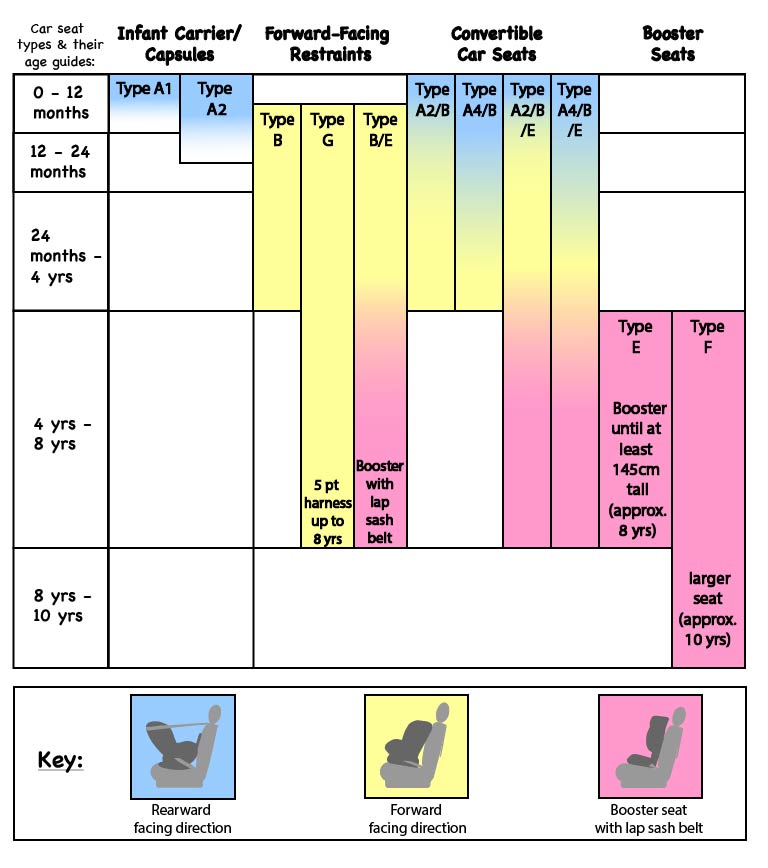
Understanding the different types:
A types relate to rearward facing mode with a 5 or 6 point harness:
- A1 rearward faces up to 6-8 months
- A1 rearward faces up to 12-18 months
- A4 rearward faces up to 30 months
B types relate to forward-facing mode with a 5 or 6 point harness. These can be used from 6 months usually up to 4 years.
E types relate to booster seat mode where the lap-sash belt is used, & incorporates both a raised seat section and a backrest with side head impact protection. Used from when child outgrows their forward-facing harnessed seat at around 4 until approximately 8 years old or 145cm tall.
F types are a larger booster seat which can accommodate a child from 4 years up to 10 yrs
G types relate to forward-facing mode where the 5 or 6 point harness use is extended to 8 years. This makes them suitable from 6 months through to 8 years.
There are many combinations of types available on the market as demonstrated in the above table.
Deciding on the first seat for a newborn
There are two main types of car seats to consider for your newborn. Like anything, there are pros and cons to each option. We have gone into depth on the pros and cons of each option in our related guides. Check them out if you want to look into either option in more detail.
- A capsule or infant carrier can only be used as a rearward-facing seat but it is portable. Capsules come in 2 types, A1 suitable for newborns up to 6-8 months old and A2 which last longer, up to 12-18 months - Choosing a Baby Car Capsule
OR
- A convertible car seat that is initially installed rearward facing and can later convert to a forward-facing harnessed seat. Some models also convert to a booster seat. Convertible car seats have 4 main types - Choosing a Convertible Car Seat
Deciding on a car seat for your older baby/toddler
When your baby is older than 6 months (but younger than 4 years), you may be thinking about upgrading their car seat. If they have been in a car capsule/carrier, they may be starting to grow out of this. If they have been using a convertible car seat, maybe you are looking for a second seat for another car or expecting a new baby so want to upgrade your older child's seat.
For children younger than 4, there are only 2 real choices, a convertible car seat or a forward-facing harnessed seat. Forward-facing seats can be appealing as they generally have a lower price point. On the other hand, convertible seats will encourage the rearward and safer orientation for longer. Both options have types that convert to a booster seat and types that don't.
We have gone into depth on the pros and cons of each option in our related guides. Check them out if you want to look into either option in more detail.
Choosing a Convertible Car Seat
Choosing a Forward-Facing Car Seat
Before you decide
Once you know what type of seat you may be looking for before you purchase it would be worthwhile visiting www.childcarseats.com.au. This website contains independent testing of many of the available child car seats in terms of their safety rating in a crash test.
Conclusion
So there you go, some things to consider when choosing the first car seat for baby and a seat for your older baby/toddler. The key to a great decision is to consider how you will be using it, how often, what you need to maintain it, and how safe it is. With these things in mind, you can’t go wrong. Car seats are all about improving safety. Knowing the benefits and negatives of the types of car seats available helps everyone to be safer and happier.
Search for Car Seats on the Baby Bunting | eBay Store
Please note: Above all, any information on this website aims to provide general ideas for informational and educational purposes only. We encourage users to investigate several information sources, including, where necessary, independent individualised medical advice before making any decisions that could affect you or your child’s health or wellbeing.
* BabyPeg participates in various affiliate programs and may earn a commission for referring our users through the links provided. This is at no additional cost to our users. We take great care in choosing products and services which align with the mission of promoting better health and wellness for our BabyPeg community. Where possible, products are tried and tested by us. To continue to provide BabyPeg as a free service and reach as many parents as possible, we appreciate your support in using the link provided to purchase if you decide the product is right for you.
